Brancusi, poet of marble, sculptor of birds and dreams
In the beating heart of Paris, where modernity merges with tradition, stands the majestic Pompidou Center, a temple of glass and steel that houses treasures of Contemporary Art.
In its luminous bowels, an exhibition shines like a beacon of serenity and genius: the exhibition dedicated to Constantin Brancusi, the Romanian sculptor who redefined the very essence of form and matter.
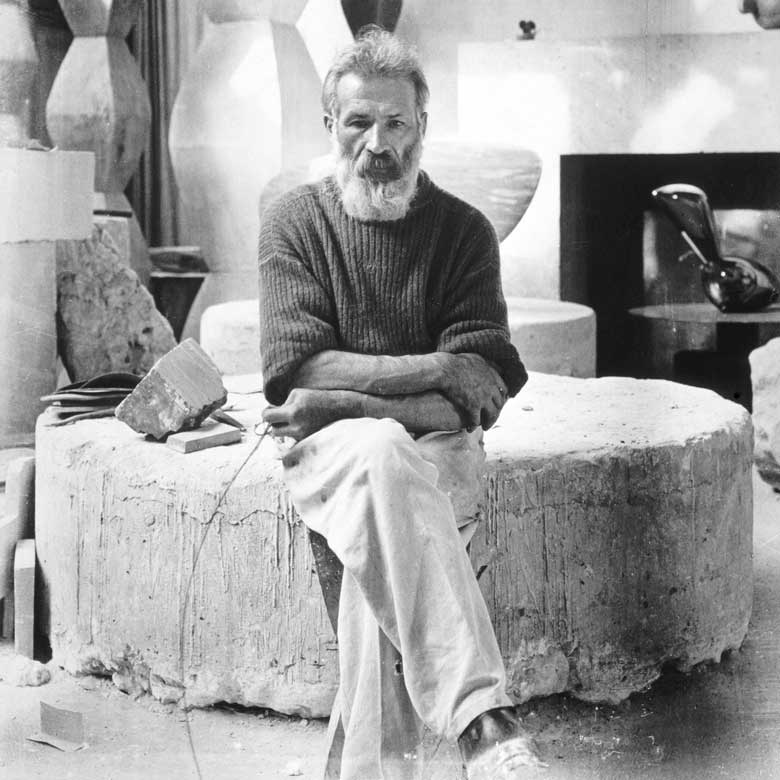
Master’s Life
He was born in 1876 in a humble village in Romania.
Constantin Brancusi forged himself from the land and traditions around him.
From a young age, he showed an innate ability to work with his hands, sculpting in wood and stone.
This connection with nature and artisanal work accompanied him throughout his life, deeply influencing his work.
After studying at the School of Fine Arts in Bucharest, Brancusi traveled throughout Europe on foot to arrive in Paris in 1904.
There he integrated into the effervescent artistic environment of Montparnasse, a hotbed of creativity that welcomed young artists from all over the world.
Brancusi distanced himself from traditional academicism, seeking purer forms of expression.
He worked with Auguste Rodin, but soon felt that he should follow his own path.
“Nothing can grow under big trees.”
With this conviction, he began to develop his unique style.
Throughout his career, Constantin remained true to his Romanian roots and his love of simplicity, creating works that transcend time and space.
His studio in the heart of Paris became a sanctuary of creativity.
In his hands, form and essence of him merged, creating a perpetual dance of light and shadow.
In the vibrant melting pot of Montparnasse, the young man found kindred souls who shared his thirst for newness and eternal beauty.
Among the mists of the Seine and the cafes full of smoke and dreams, he forged bonds with brilliant spirits such as Amedeo Modigliani, Fernand Léger, Picasso and Duchamp.
These meetings were more than just friendships.
They were dialogues between souls that sought to transcend the visible and capture the ineffable.
Especially with Modigliani, Brancusi shared a profound philosophy of rupture and renewal, of the old being reborn in surprising new forms.
He had many interests, from science to music. He was a good violinist and had musician friends like Erik Satie and poets like Apollinaire.
Brancusi left his mark on his contemporaries such as the Japanese Isamu Noguchi and Alfaro.
He absorbed the essence of an era, woven with the light of innovation and the shadow of tradition.
He created a legacy that resonates for generations.
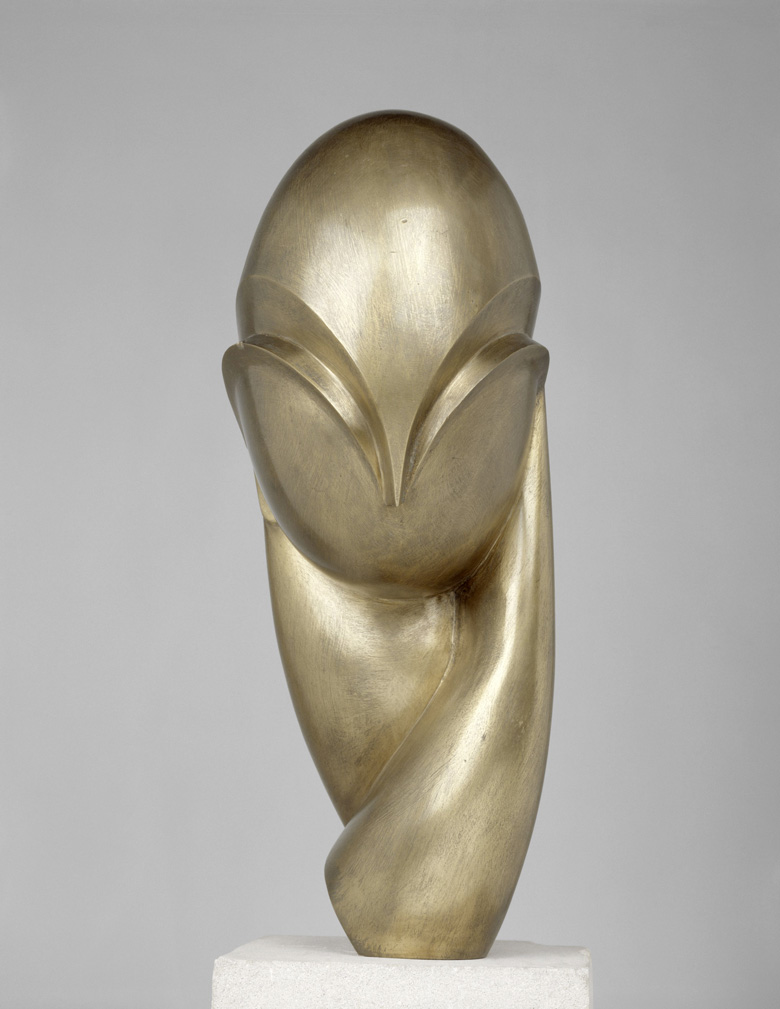
Brancusi, alchemist of form
Constantin was not simply a sculptor. He was a poet of stone, an alchemist who transformed the mundane into the sublime.
His work is a perpetual dialogue between matter and space. He invites us on an introspective journey, where simplicity becomes the most complex of languages.
Entering the exhibition is like entering a dream, an ethereal space where forms seem to float, suspended in a time that is neither past nor present, but an eternity of contemplation.
Brancusi‘s sculptures, polished to perfection, capture the essence of life in its purest and most essential form.
Each piece presents us with a meditation on nature, love and the transcendental.
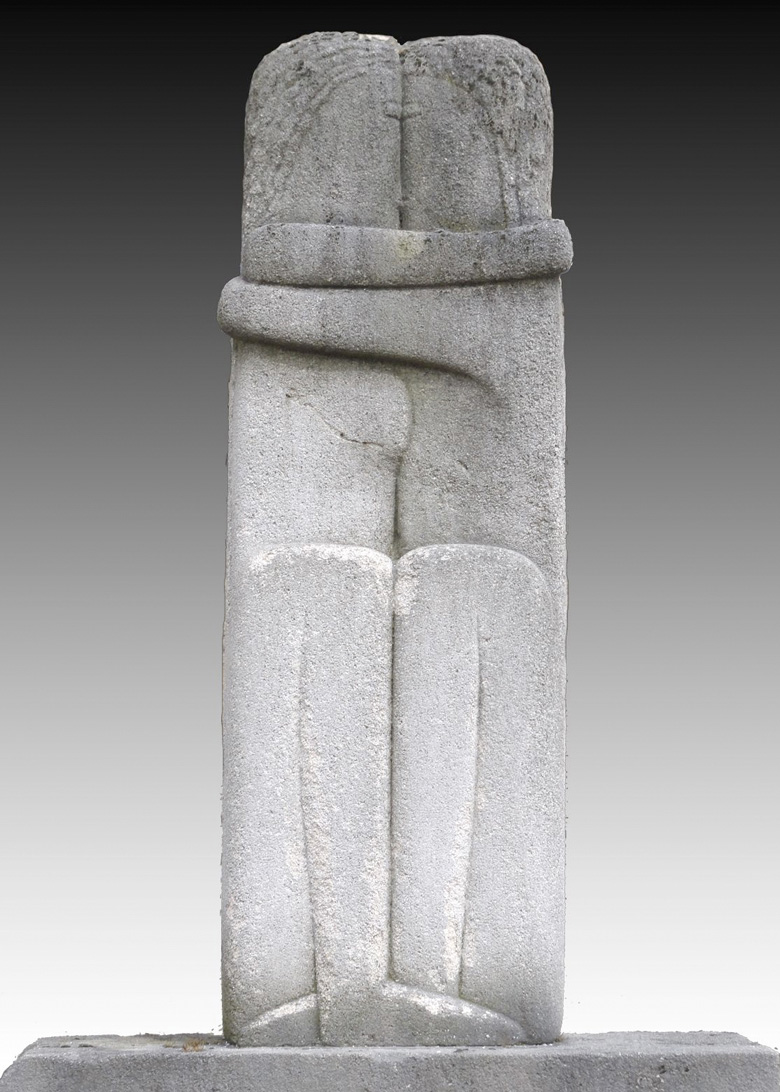
The sublime simplicity
Brancusi believed that simplicity was not a goal in itself, but a means to achieve the divine.
His works, stripped of all unnecessary adornment, reveal the naked truth of things.
“Bird in Space” with its streamlined elegance, is a representation of a bird, but it is also much more: an embodiment of flight itself, a hymn to freedom and the indomitable spirit.
Centre Pompidou has arranged his works with reverential care, allowing each piece to breathe and communicate its own narrative.
In this sanctuary of form, the viewer becomes a pilgrim, following in the footsteps of the sculptor in his search for essence.
The exhibition is a tribute to the master and a celebration of art’s ability to transform and connect us with the highest of our humanity.
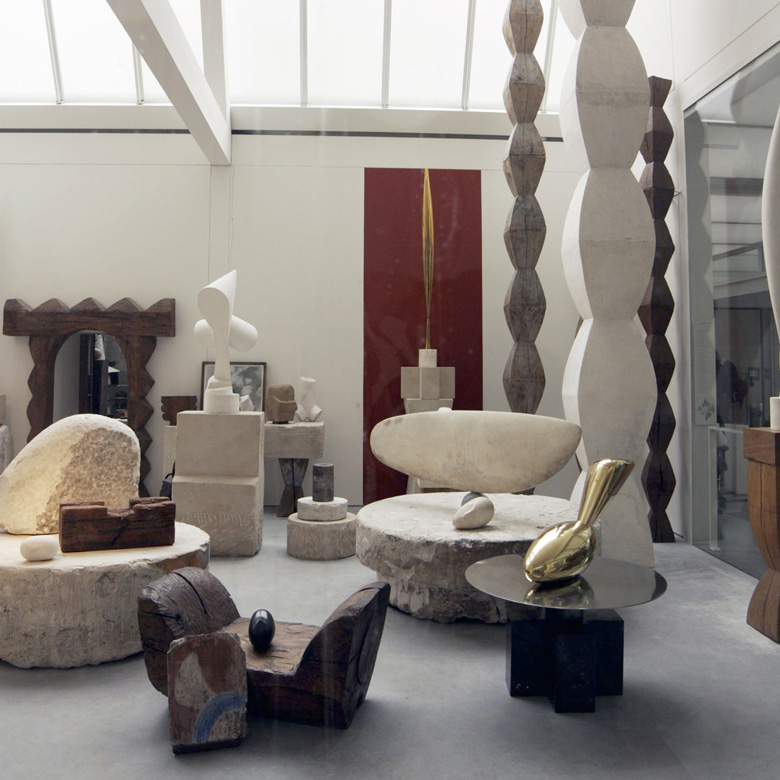
The studio as a sanctuary
Part of the magic of this exhibition lies in the recreation of Brancusi‘s studio, a sacred space where the artist worked tirelessly, dialoguing with his materials and with the universe.
For him, his workshop was a miniature cosmos, where each object had its place and its purpose.
The Pompidou Center has captured this microcosm with impressive fidelity, transporting visitors to his studio, to the heart of the sculptor’s creative process.
Between tools and sketches, the heartbeat of genius is perceived, the spark of inspiration that transforms stone into poetry.
The soft light that floods the space seems to whisper secrets, stories of metamorphosis and revelations.
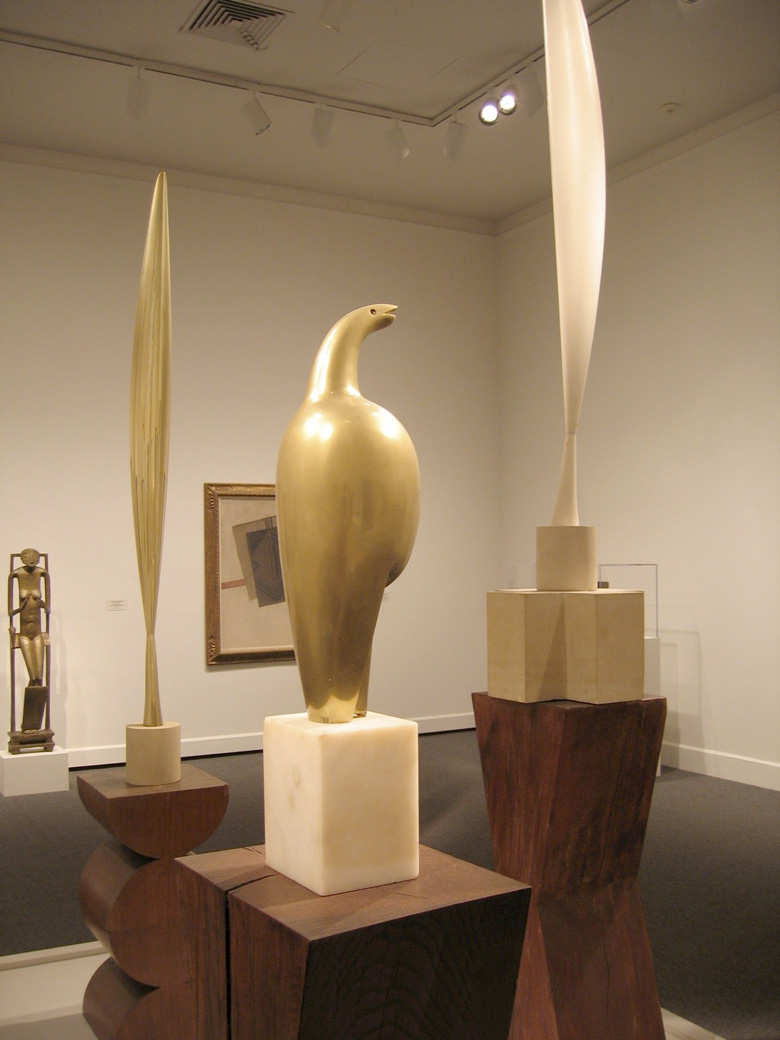
Influence of the past and horizon of the future
The master’s work is a bridge between eras, a masterful synthesis of the old with the new.
Influenced by primitive art, the archaic forms of his native Romania, and the formal purity of ancient civilisations, Constantin knew how to look to the future without losing sight of his roots.
This fusion of temporalities is reflected in his sculptures that dialogue with the past and project his shadow towards the future.
The viewer finds himself before a mirror of his own humanity, before the eternal search for meaning and beauty.
In the fluid and organic forms of these sculptures, there is an invitation to rediscover simplicity and harmony, to reconnect with the essence of what it means to be human.

Legacy of eternity
Brancusi‘s work is considered a pioneer in Modern Art.
In this space dedicated to art, we celebrate not only the artist, but the very essence of the creative act.
This great retrospective is a transformative experience.
Each sculpture, each installation, is an open door to contemplation, a bridge to another orbit, where form and spirit are in perfect harmony.
In a world where speed and superfluity reign, Brancusi‘s work reminds us of the importance of stillness, introspection and the beauty that lies in simplicity.
His sculptures are meditations in stone, inspirations to stop and listen to the whisper of the eternal.
In every curve, in every polish, Brancusi‘s voice resonates, inviting us to see the world with the eyes of the soul.
With his purity and his transcendence, he guides us on a journey towards the deepest part of ourselves, towards an encounter with the sublime.
Between shadows and lights, Brancusi‘s forms continue to speak, whispering stories of eternity and beauty. They remind us that art, in its purest form, is a door open to infinity.
